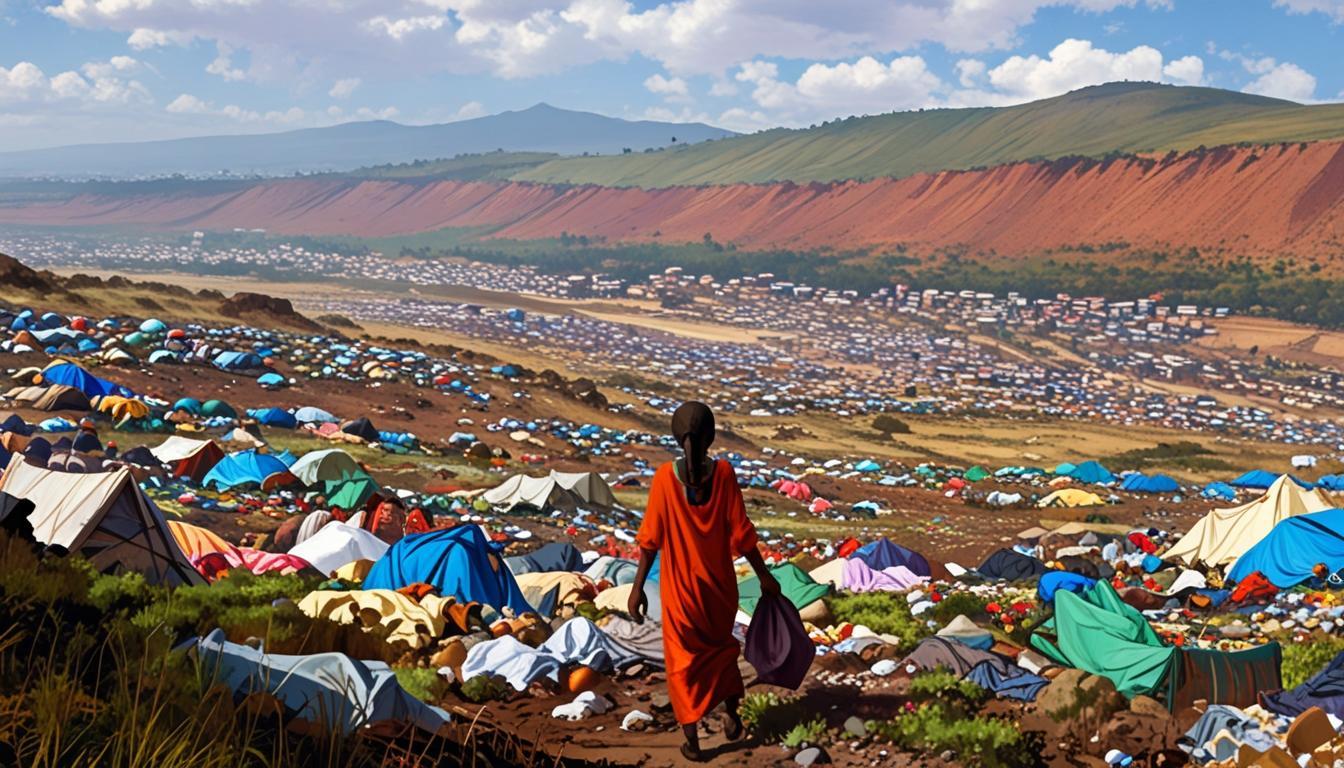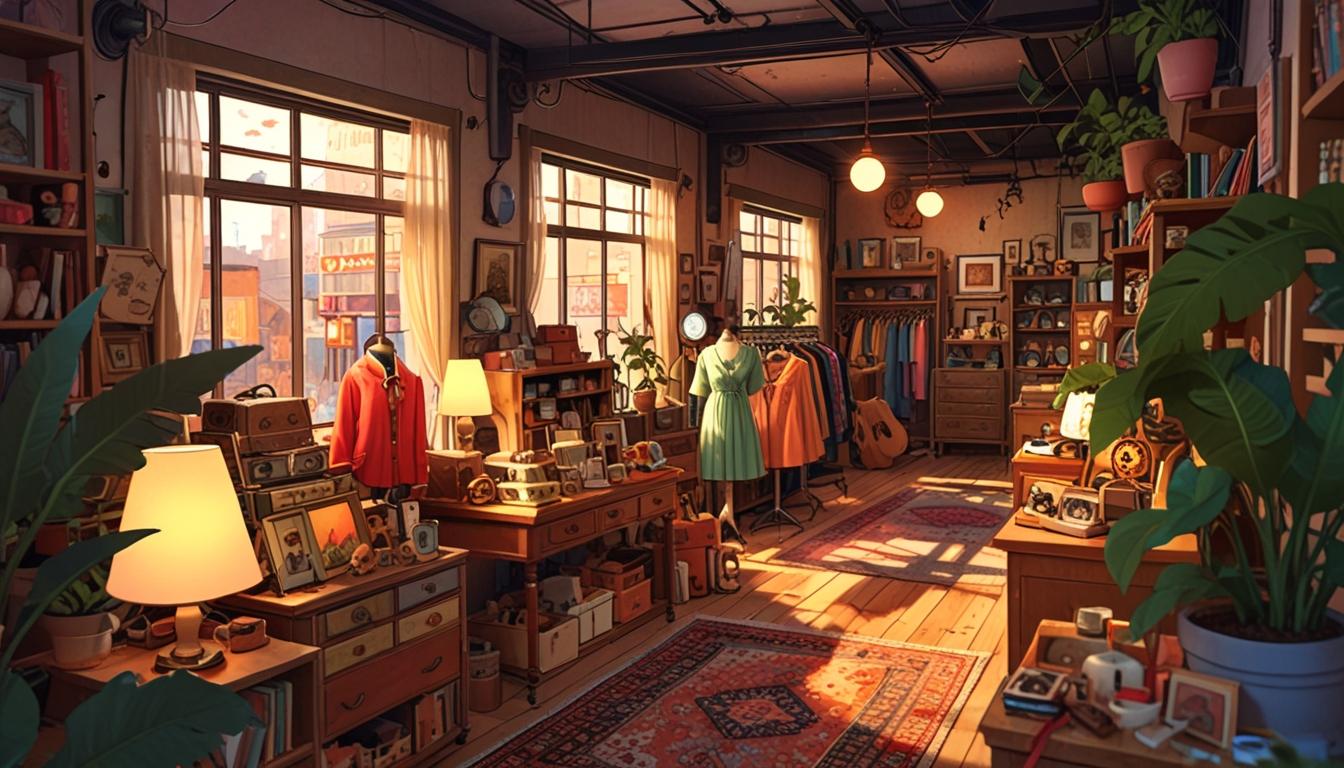Aoife McNamara’s visit to Kenya’s Dandora Landfill sparks her resolve for sustainable fashion as she witnesses the harsh realities of waste management.
Earlier this month, a visit to the Dandora Landfill in Nairobi, Kenya, left a profound impact on fashion designer Aoife McNamara. Spanning approximately 40 acres, the landfill presents a stark and overwhelming scene filled with mountains of garbage, primarily comprising discarded clothing. McNamara characterized the extent of the rubbish as “quite startling,” mentioning that over 80% consists of clothing scraps from high-street brands, alongside non-biodegradable materials such as plastic bottles.
The experience was intensified by the presence of individuals living within the landfill area. McNamara observed makeshift homes constructed from scrap materials, as well as countless waste-pickers sifting through the refuse with their bare hands in search of valuable items like glass and metal. She noted the diversity among these workers, stating, “Some were working on their own, some in twos… I saw a lot of women. There were children too, and one woman told me she was three when she started.”
The designer was accompanied by a friend, who is a podcaster, and a film crew, with the purpose of documenting the harsh realities associated with waste management in Kenya. During their time at Dandora, McNamara and her crew wore rubber boots, a practical choice for navigating the environment. Before departing, a local woman requested their wellies due to her reliance on flip-flops, highlighting the stark contrast in living conditions.
Along with the visual and physical sights of the landfill, McNamara described the sounds of machinery sorting through the trash and the large birds scavenging for food. The air was thick with the smell of burning waste, leading to concerns about the health implications of the toxins present. McNamara recounted the aftermath of their visit, saying, “afterwards when we blew our noses you could see the black from the fumes.”
In juxtaposition to the landfill, McNamara also visited the nearby Gikomba market, one of the largest second-hand markets in the world. She described sights of sewage flowing into a river alongside people using the water for various needs, capturing the challenging living conditions in the area.
Reflecting on her background, McNamara shared that her passion for fashion stemmed from a childhood immersed in nature and art. Growing up in Limerick, Ireland, she was heavily influenced by her mother’s sense of style, which inspired McNamara to view clothing as a form of empowerment rather than simply a symbol of glamour. While studying at art college, she developed a unique personal style that emphasized meaningful and lasting garments.
The visit to Dandora deeply influenced McNamara, igniting her resolve to promote sustainability within the fashion industry. She remarked, “As horrible and sad as seeing Dandora made me feel, I am glad I saw it. It is driving me on so much more – to make a difference.” This experience motivated McNamara to focus on creating clothing that aligns with nature, connecting her upcoming documentary, “Climate Climb,” which additionally features a climb of Mount Kilimanjaro, to the stark reality of waste prevalent in the fashion industry.
She acknowledged the complexities surrounding consumer choices and emphasized the importance of fostering a conscious mindset about fashion. McNamara suggested that while not everyone can afford luxury garments, options such as renting, purchasing second-hand, or investing in high-quality pieces are available.
Ultimately, McNamara’s journey from the Dandora Landfill to the peak of Kilimanjaro highlights the stark contrast between human impact on the environment and the beauty of nature, fueling her determination to advocate for meaningful changes in sustainable fashion.
Source: Noah Wire Services




